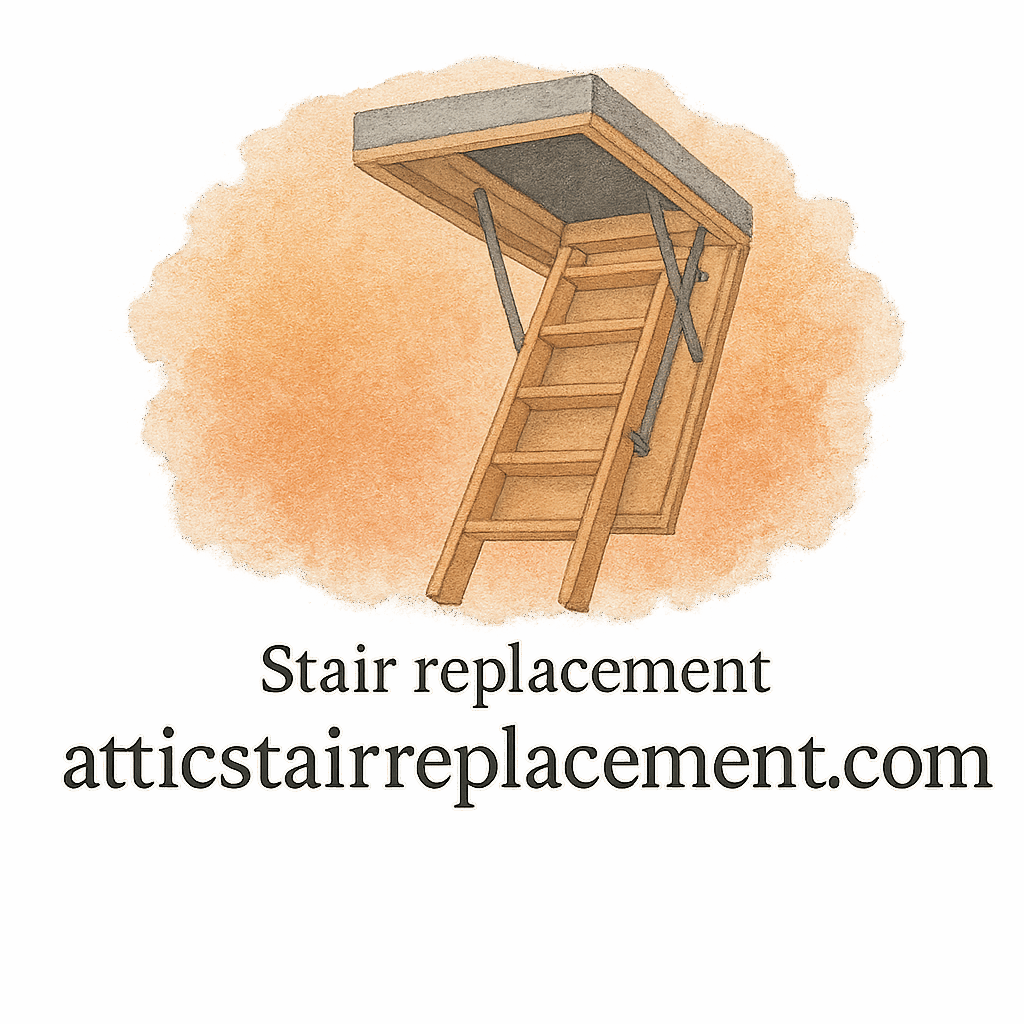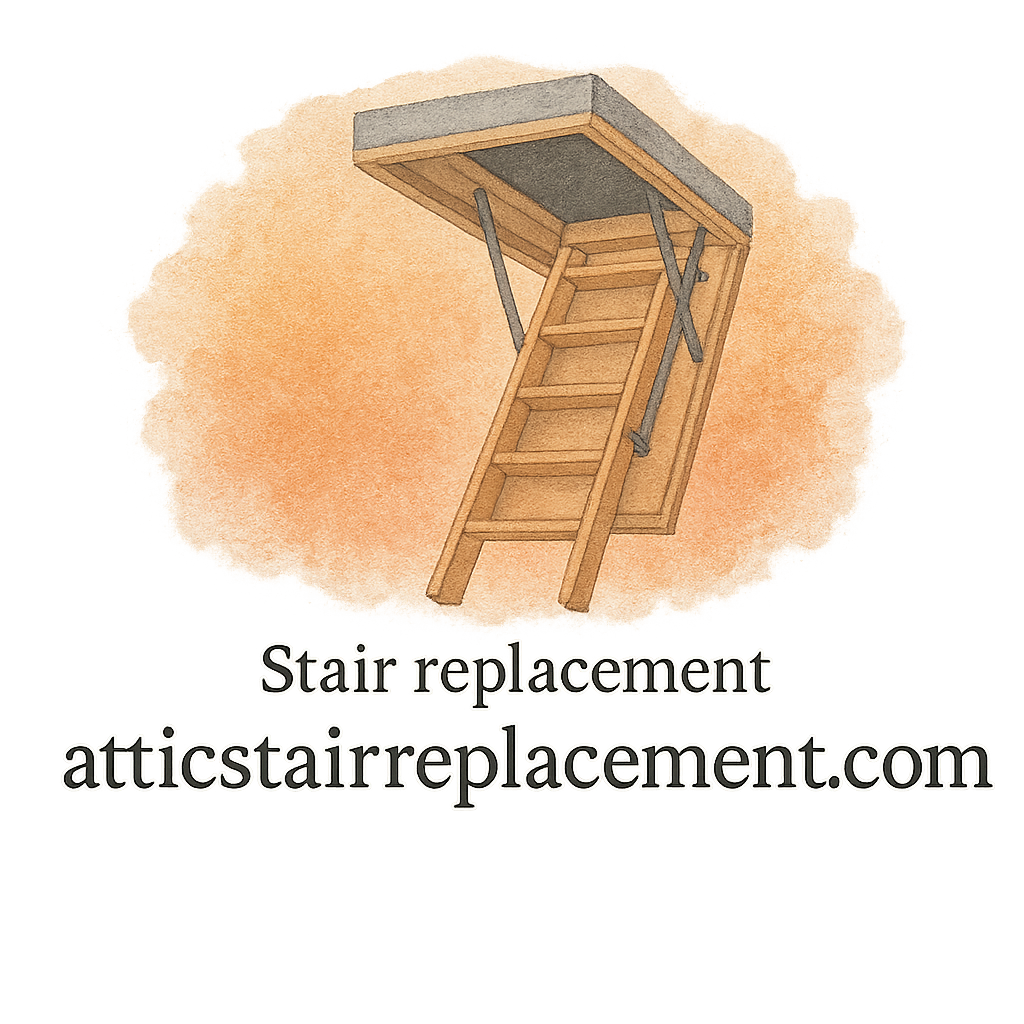Introduction: Why Financial Planning Matters for Attic Stair Replacement
Replacing your attic stairs might seem like a small home project, but when you dig into the details, you’ll realize it involves much more than just buying a new ladder and popping it in place. From materials and labor to hidden costs and long-term maintenance, the expenses can add up quickly. That’s where financial planning comes in.
With the right budgeting strategy, you’ll not only save money but also avoid stress, delays, and unexpected financial setbacks. In this guide, we’ll walk through six financial planning tips for attic stair replacement that will help you stay on budget and still get the job done right.
Understanding the True Cost of Attic Stair Replacement
Breaking Down Material Costs
The first piece of the puzzle is materials. Attic stairs come in a range of styles—wood, aluminum, and even heavy-duty steel. Each material has its own price point and durability. For instance, wooden stairs are budget-friendly but may not last as long as metal options.
Labor and Contractor Fees
If you’re not taking the DIY route, labor costs will be a major expense. Contractors charge anywhere from $150 to $500+ depending on complexity. If structural changes are needed, expect higher fees.
Hidden Costs You Should Expect
Don’t forget about permits, disposal of old stairs, and possible ceiling reinforcement. These hidden costs often catch homeowners off guard. A little extra planning will help you avoid those “oops, I didn’t see that coming” expenses.
Financial Planning Tip #1: Set a Realistic Budget
Calculating Your Budget Based on Project Scope
Start by outlining the scope of your project. Are you replacing with a basic pull-down ladder or upgrading to a strong, heavy-duty model? Budgeting without defining your goals is like driving without a map.
Allocating Funds for Unexpected Expenses
Here’s a golden rule: always add 10–15% extra to your budget for surprise costs. Whether it’s a cracked joist or an additional paint job, having this cushion keeps your finances safe.
Financial Planning Tip #2: Compare DIY vs. Hiring a Contractor
The Cost Savings of DIY Installation
If you’re handy and comfortable with tools, DIY attic stair installation can save you hundreds. You’ll find helpful guides at DIY Installation to walk you through each step.
When Hiring a Professional Is Worth It
But let’s be real—sometimes DIY isn’t the best choice. If your attic stairs need structural adjustments or you’re not confident in your skills, hiring a contractor is the safer option. Paying for expertise might cost more upfront, but it prevents costly mistakes.
Financial Planning Tip #3: Research Materials and Durability
Choosing Strong and Durable Materials
Think of attic stairs as an investment. Opting for durable and heavy-duty materials reduces future repair and replacement costs.
Balancing Quality and Price
Don’t just grab the cheapest option. A mid-range stair system often balances cost with quality. Use product reviews to compare different models before buying.

Financial Planning Tip #4: Plan for Long-Term Maintenance
Why Maintenance Costs Matter
Like any part of your home, attic stairs need maintenance. A little care goes a long way in preventing major expenses down the road.
Preventing Expensive Future Repairs
Lubricating hinges, tightening bolts, and checking for cracks regularly can extend the life of your stairs. Following proper care routines keeps your budget intact.
Financial Planning Tip #5: Look for Financing Options
Using Home Improvement Loans
If your attic stair replacement is part of a bigger home improvement project, you might qualify for a home equity loan or line of credit. This helps spread costs over time instead of draining your savings.
Saving with Seasonal Discounts
Many hardware stores offer seasonal discounts. Plan your project around these sales to shave off extra dollars. Timing is everything in financial planning.
Financial Planning Tip #6: Avoid Common Budgeting Mistakes
Overlooking Hidden Costs
Remember the hidden costs we discussed? Forgetting about them can blow your budget. Always factor in permits, delivery fees, and disposal charges.
Failing to Account for Job Quality
Cheaper isn’t always better. Prioritizing low prices over job quality may result in poor installation and costly do-overs.
How to Maximize Value from Your Attic Stair Replacement
Investing in Energy Efficiency
Did you know attic stairs can impact your energy bills? Choosing insulated stair covers prevents air leaks, saving you money long-term.
Improving Home Resale Value
Buyers love upgrades. A safe, sturdy, and well-installed attic stair can actually improve your home’s resale value.
Expert Advice on Smart Financial Planning
Sometimes, the best way to save money is to learn from others. Check out expert advice from contractors and seasoned DIYers who’ve been there, done that.
DIY Guides and Resources for Cost-Savvy Homeowners
Looking for step-by-step tutorials? Our DIY installation guides and tips are designed to help homeowners save without sacrificing quality.
Conclusion
Financial planning isn’t about being stingy—it’s about being smart. By setting a budget, weighing DIY against professional help, choosing durable materials, planning for maintenance, exploring financing, and avoiding common mistakes, you’ll be well-prepared for your attic stair replacement project.
Treat this project like any major investment in your home: with thoughtful planning, attention to detail, and a dash of foresight, you’ll get stairs that are safe, durable, and budget-friendly.
FAQs
1. How much should I budget for attic stair replacement?
On average, expect to spend between $300–$800, depending on materials and labor.
2. Can I install attic stairs myself to save money?
Yes, if you’re skilled with tools. Otherwise, a professional is a safer bet.
3. What’s the most durable material for attic stairs?
Steel and aluminum options tend to last the longest.
4. How can I prevent future attic stair repair costs?
Regular maintenance like lubrication and inspections help extend their lifespan.
5. Are there financing options for attic stair replacement?
Yes, you can explore home improvement loans or personal loans.
6. What hidden costs should I watch out for?
Permits, delivery, and disposal fees are the most common.
7. Does replacing attic stairs increase home value?
Yes, it adds safety, convenience, and appeal to potential buyers.


